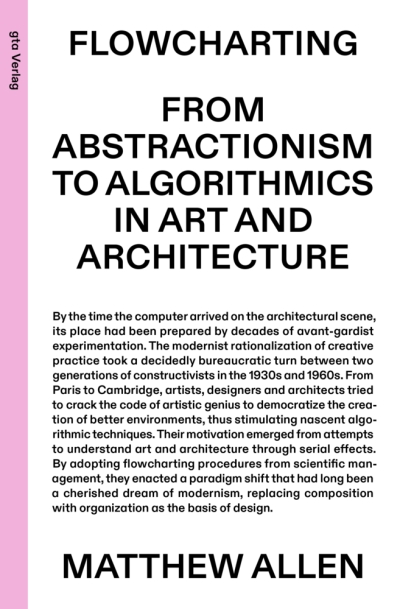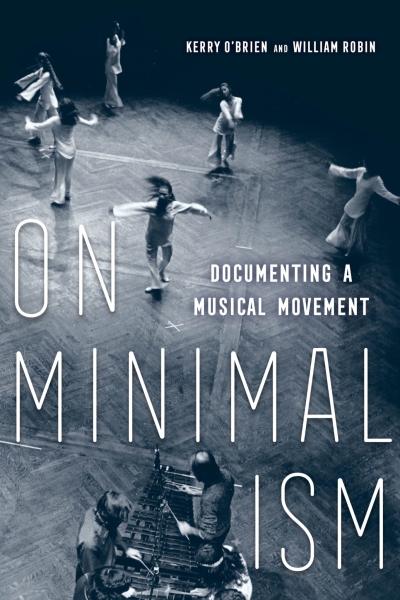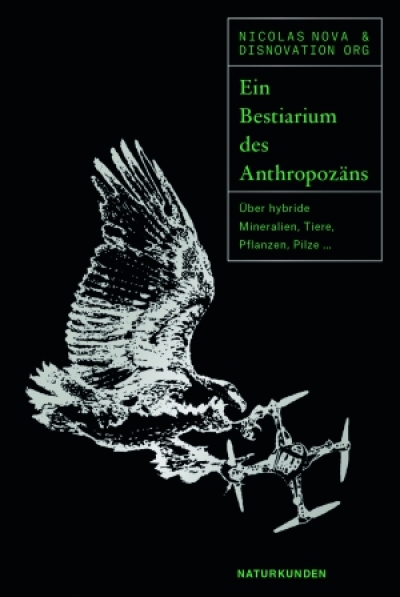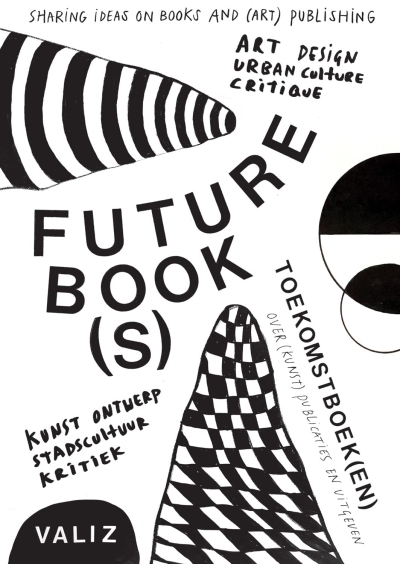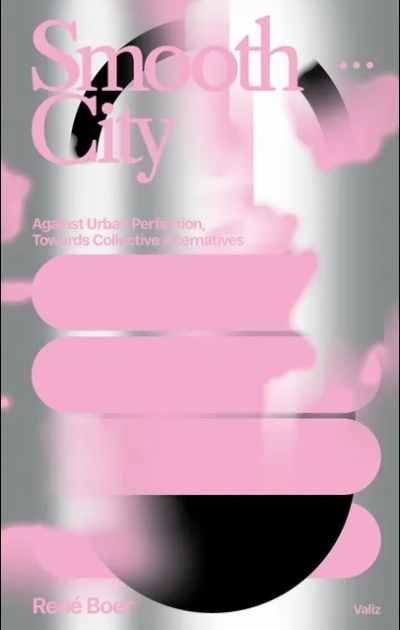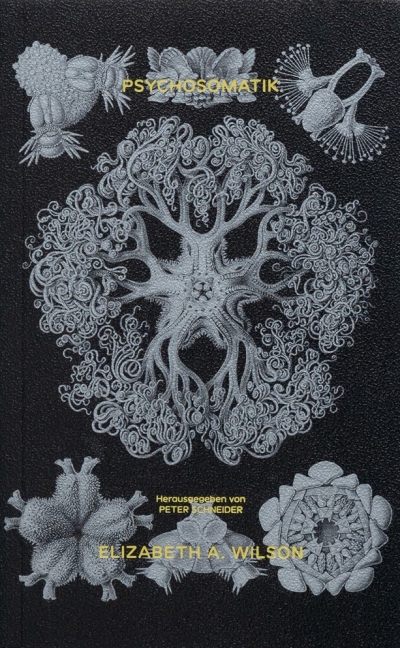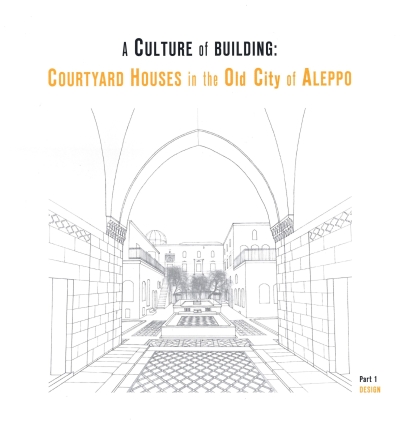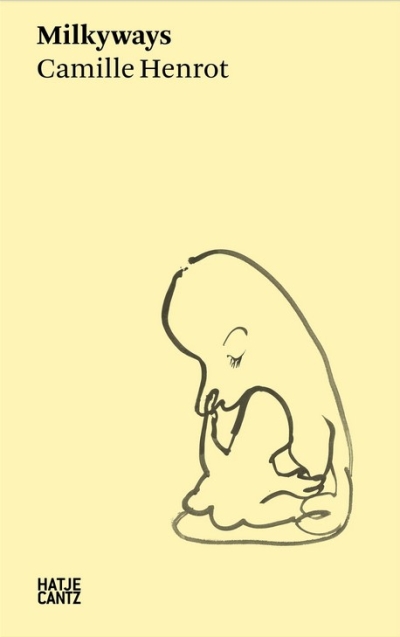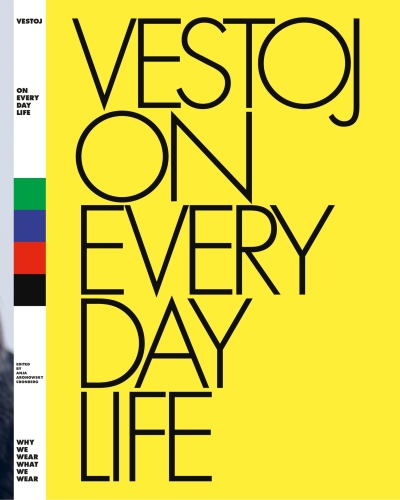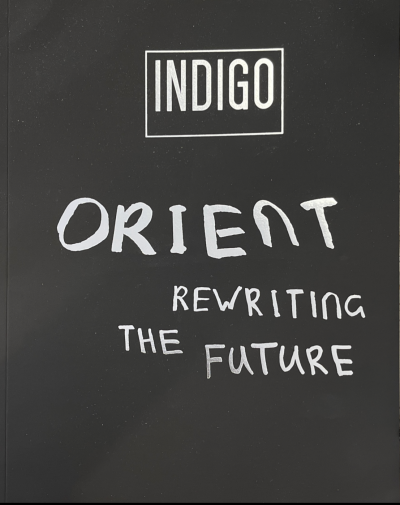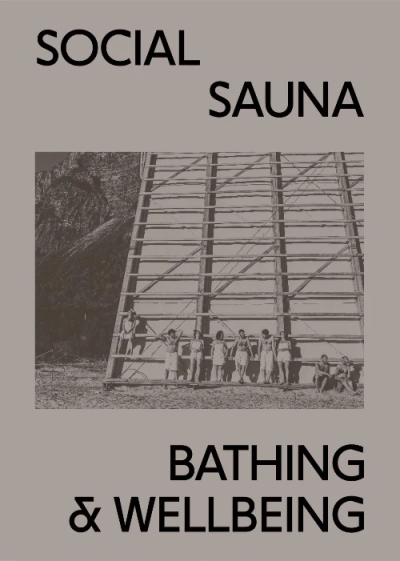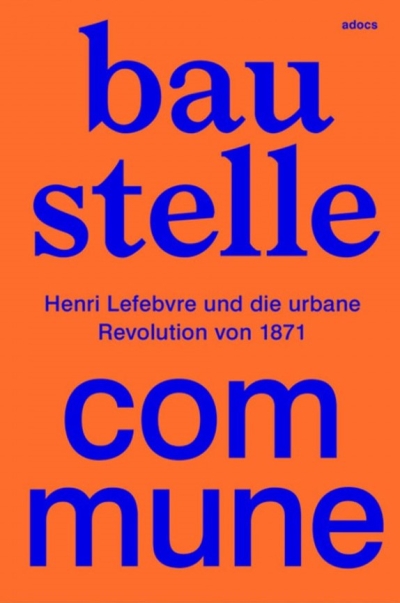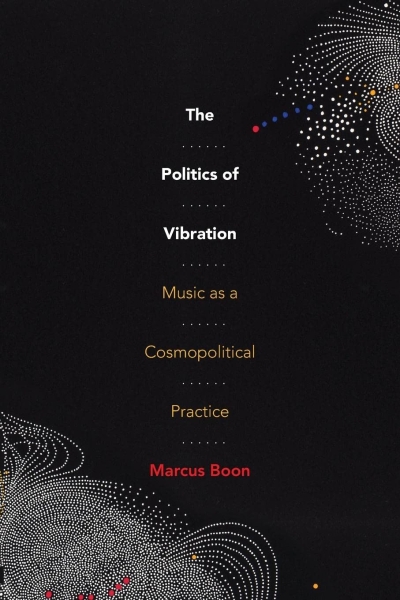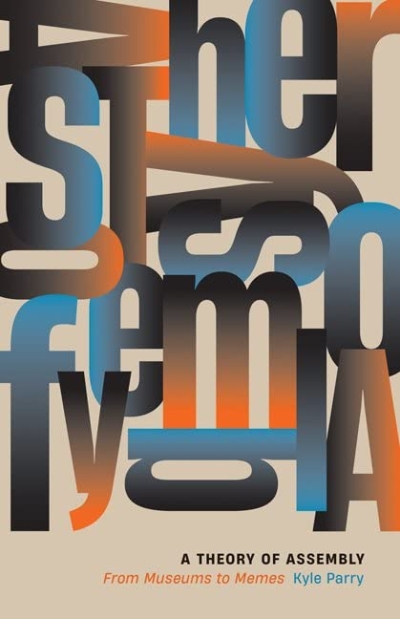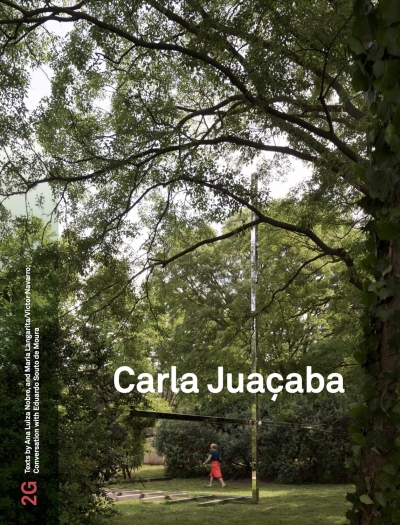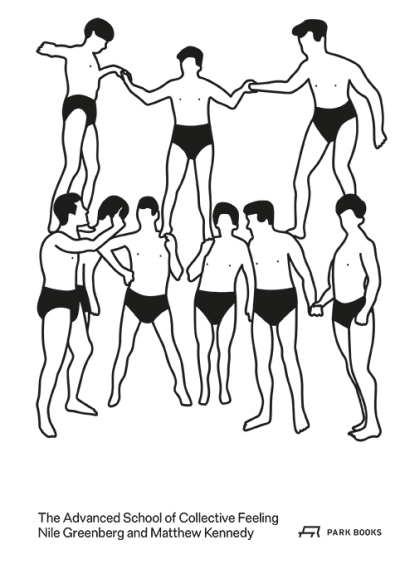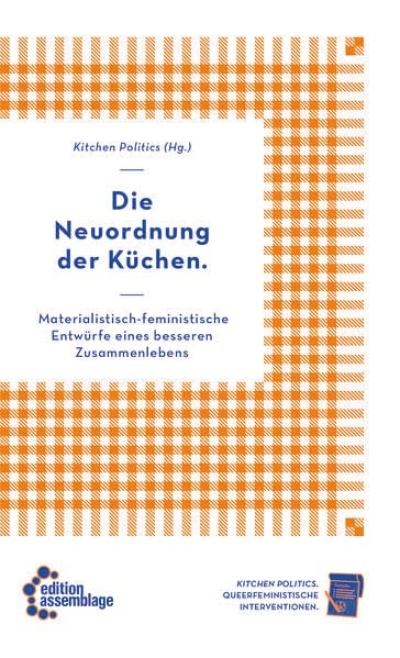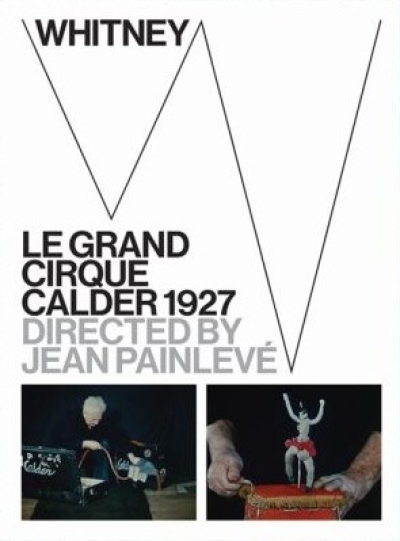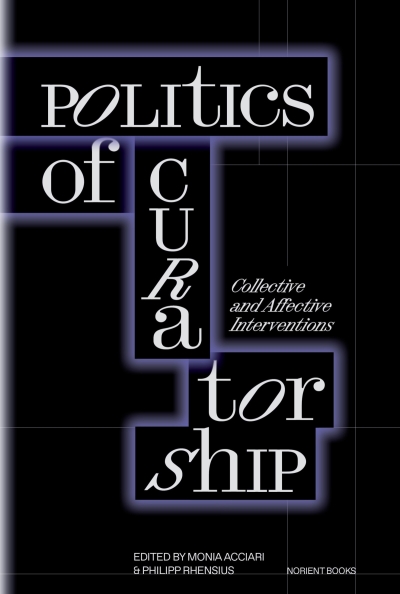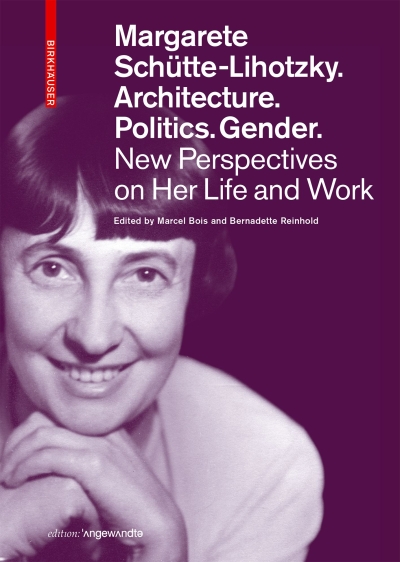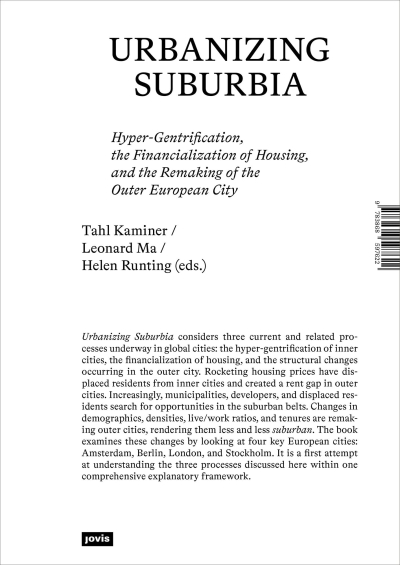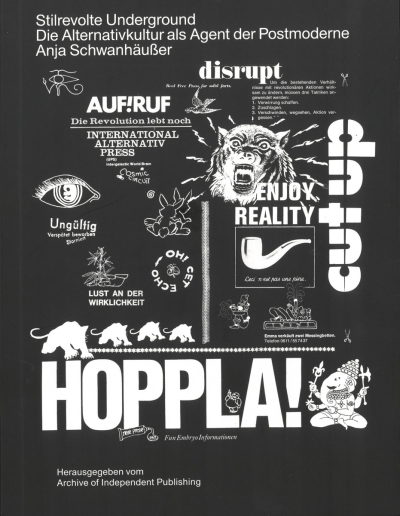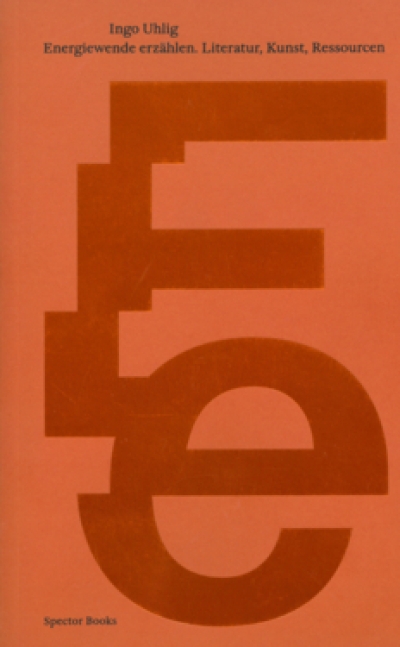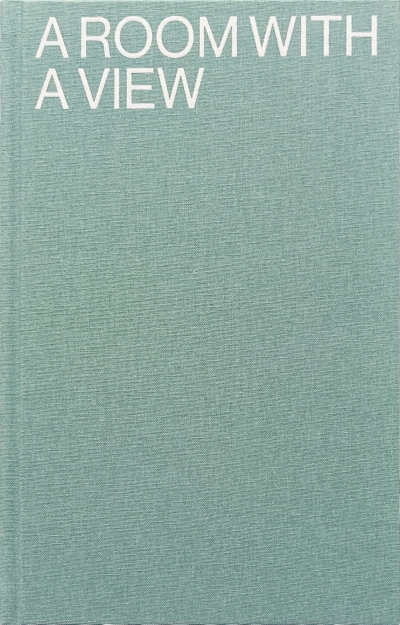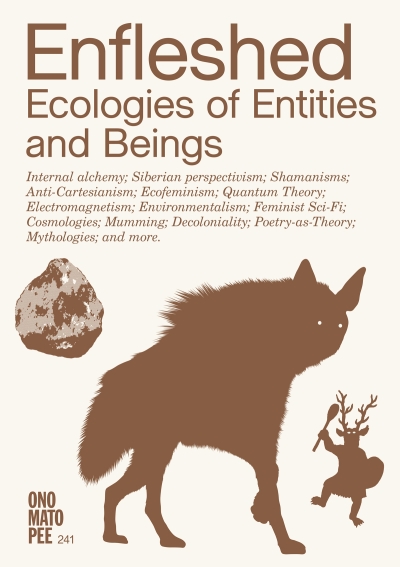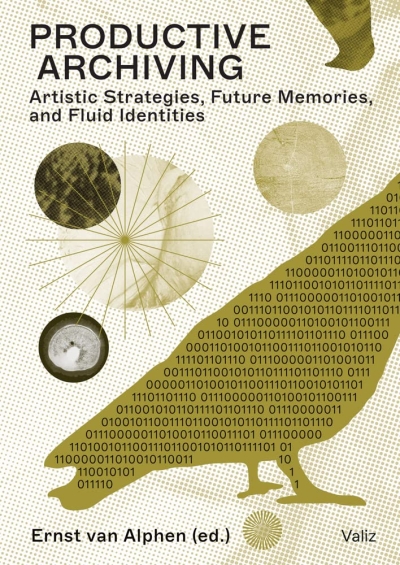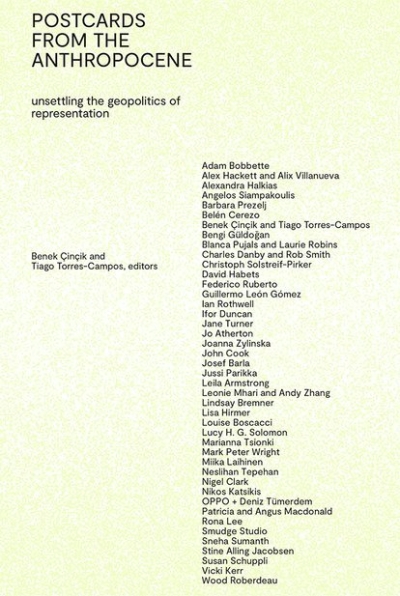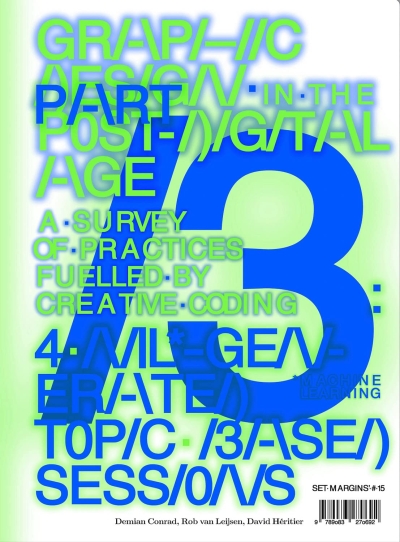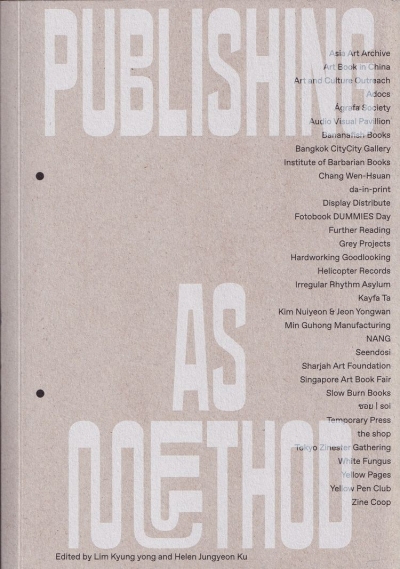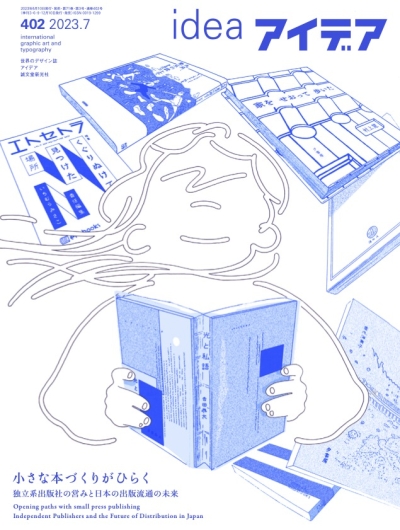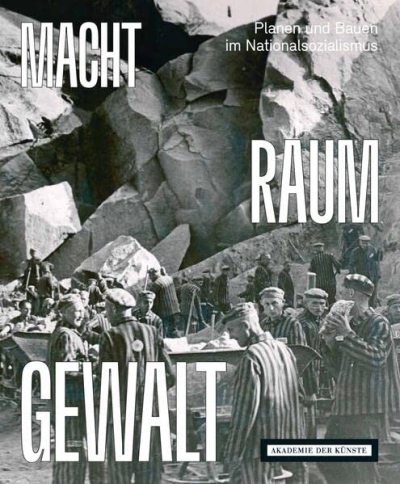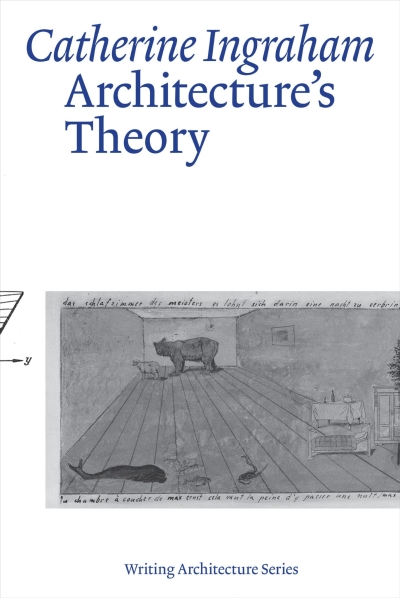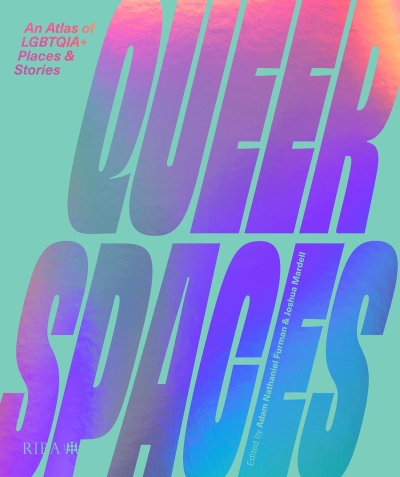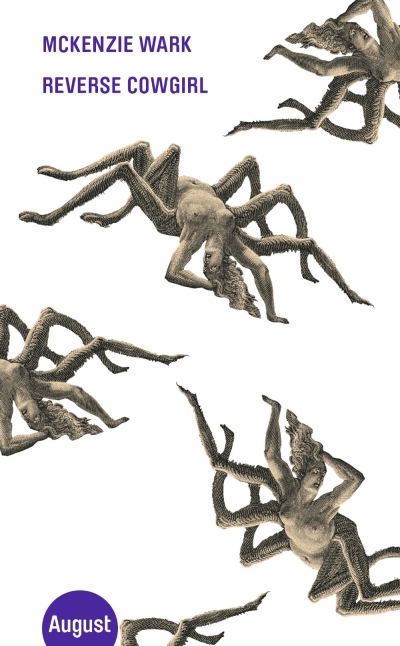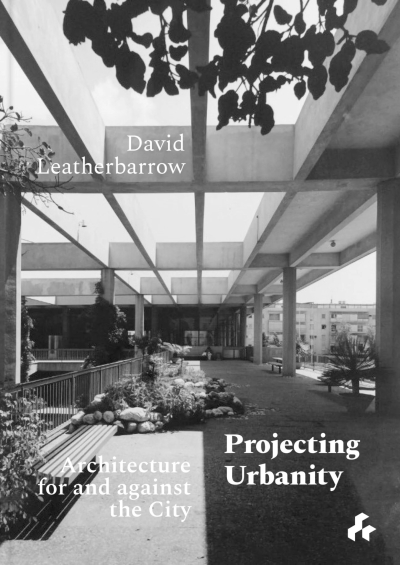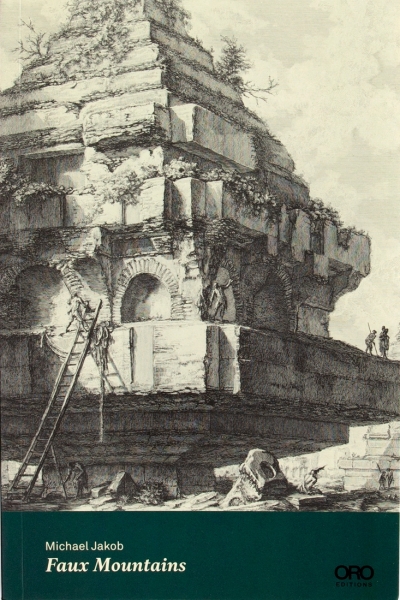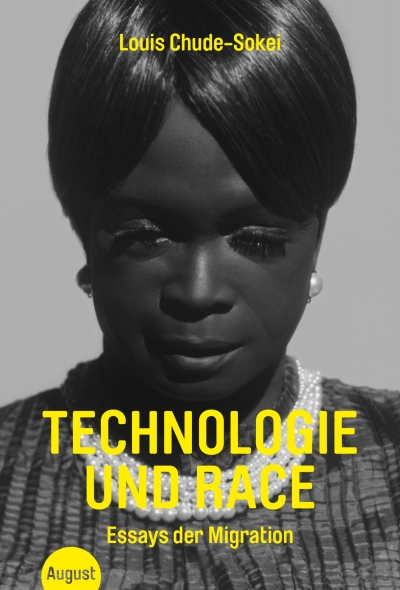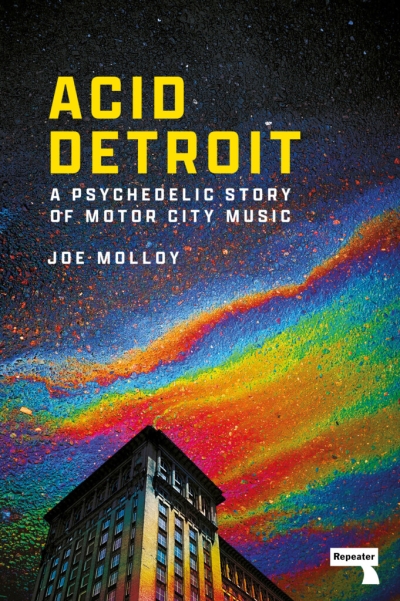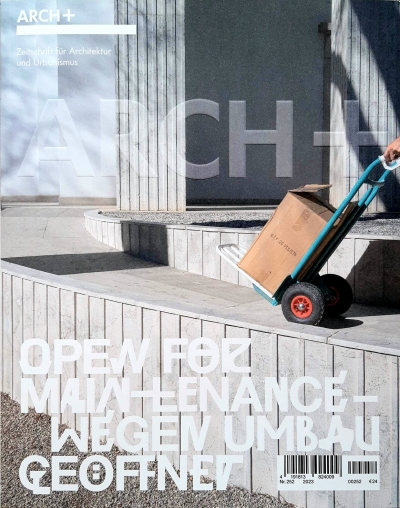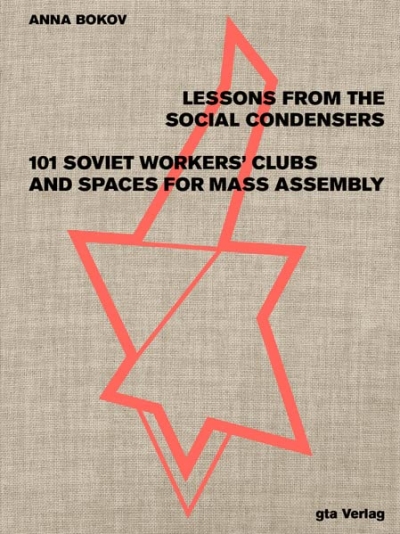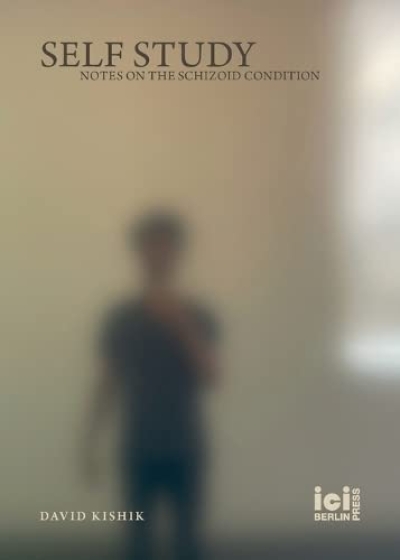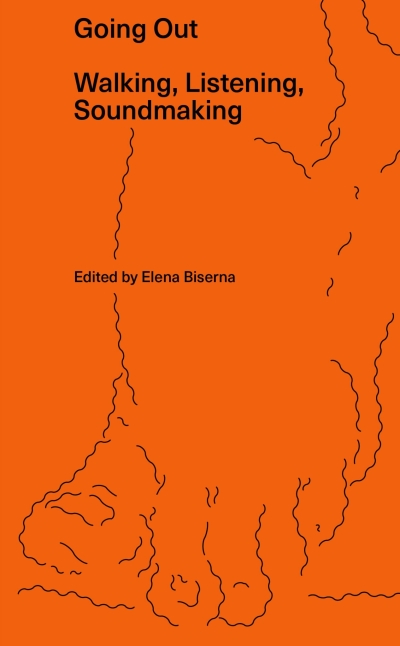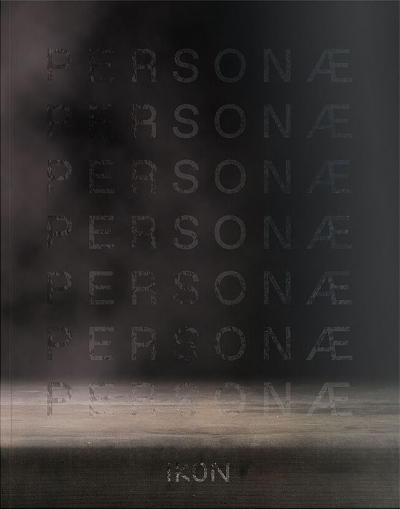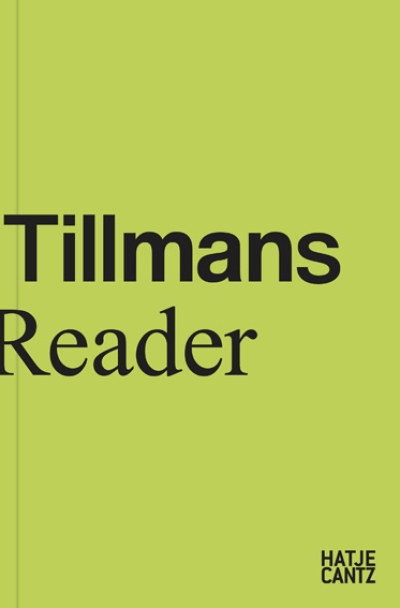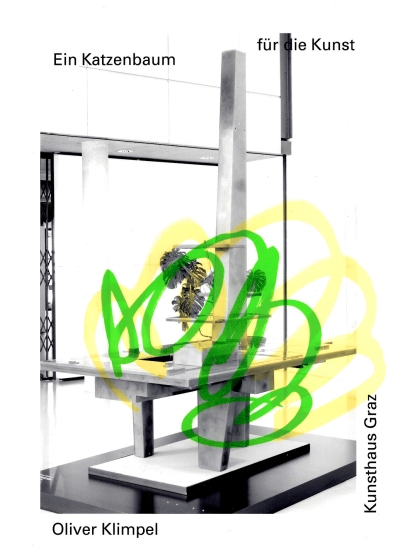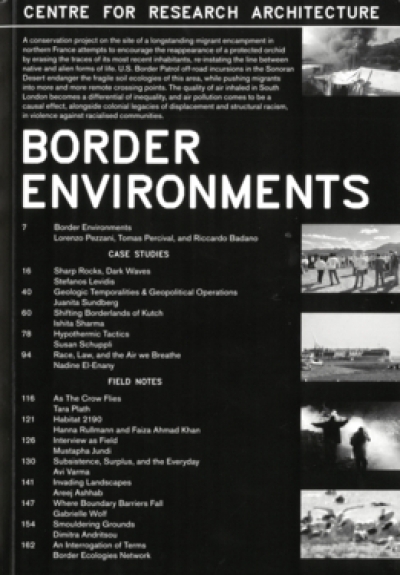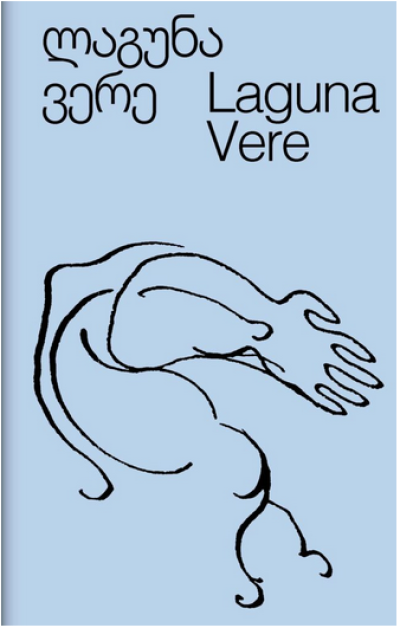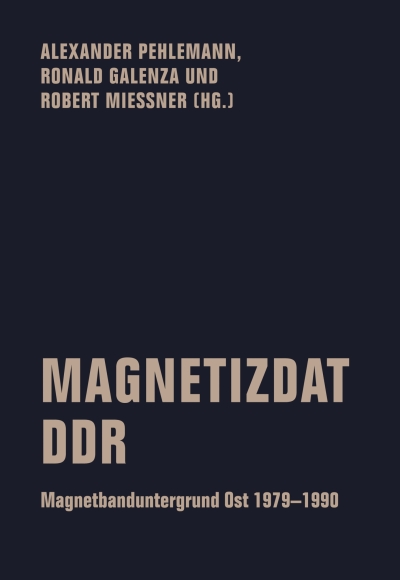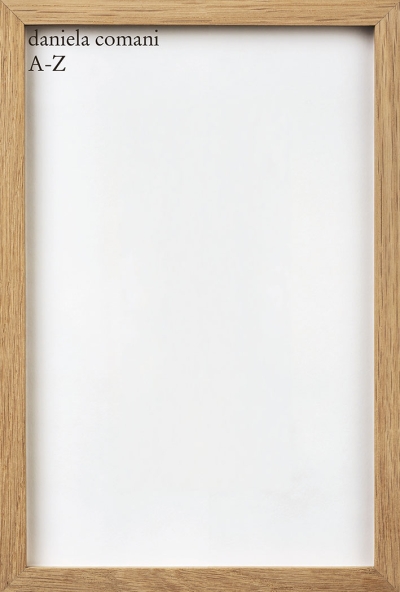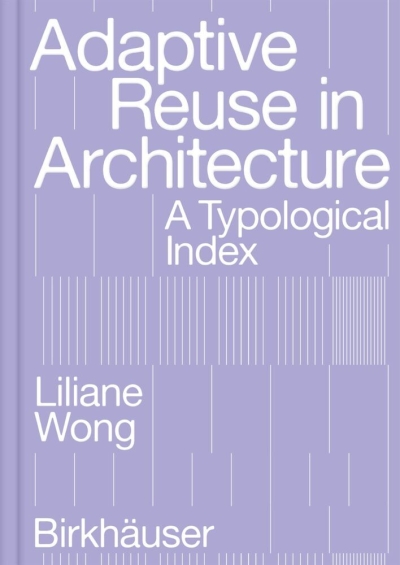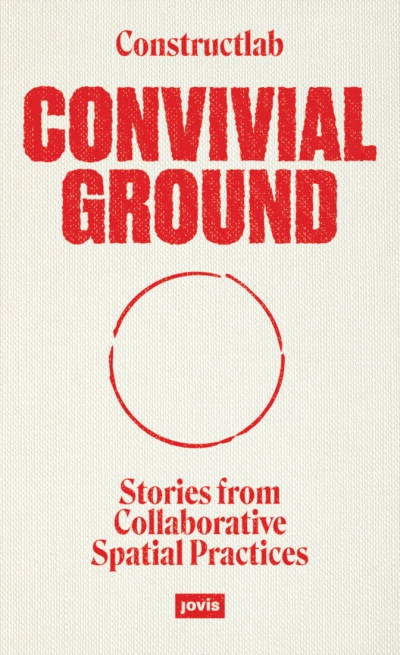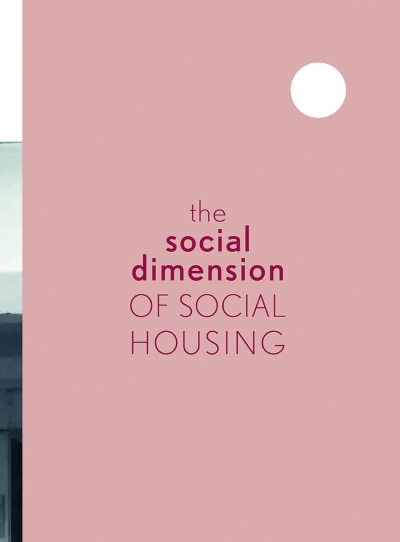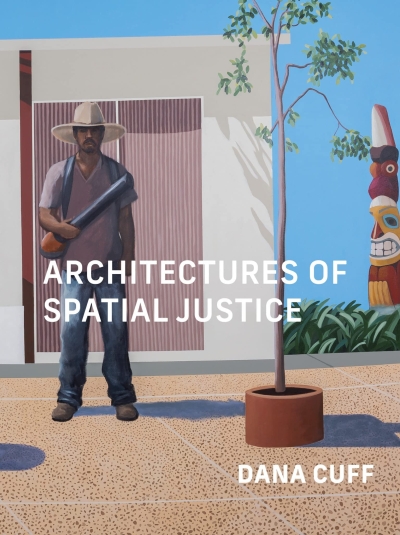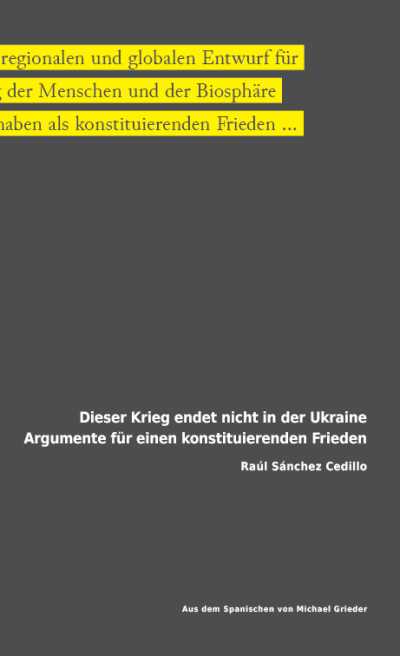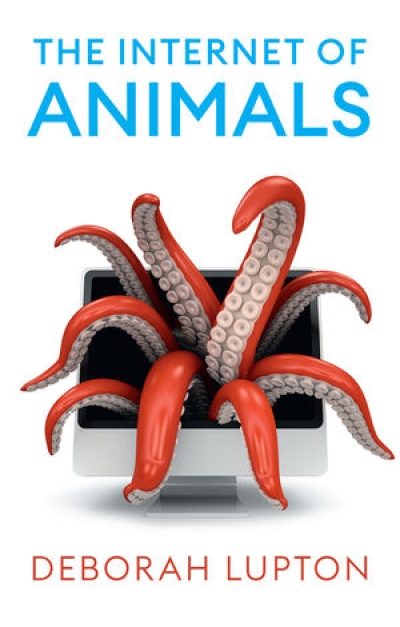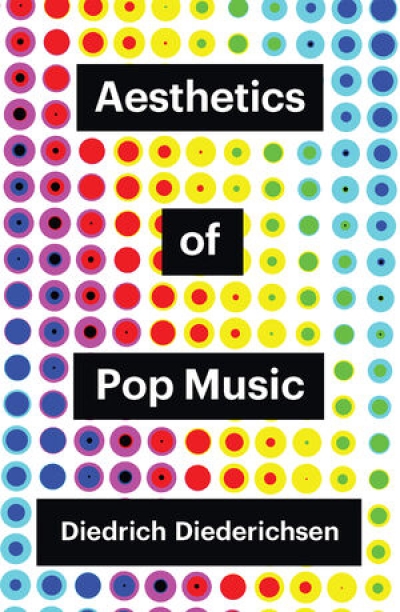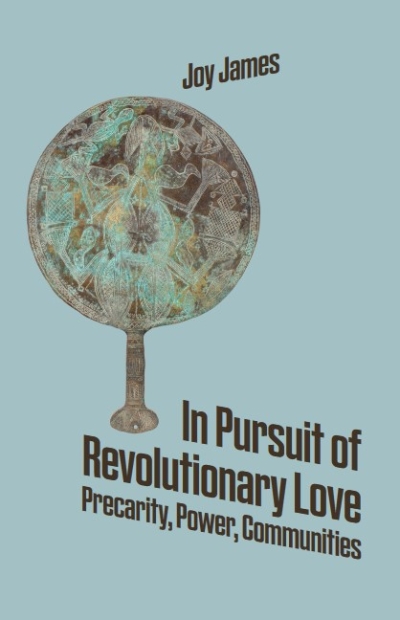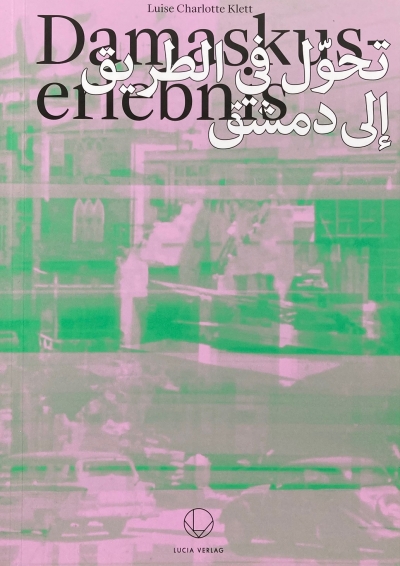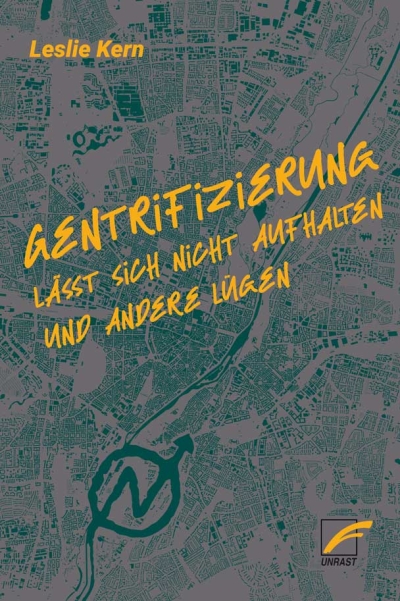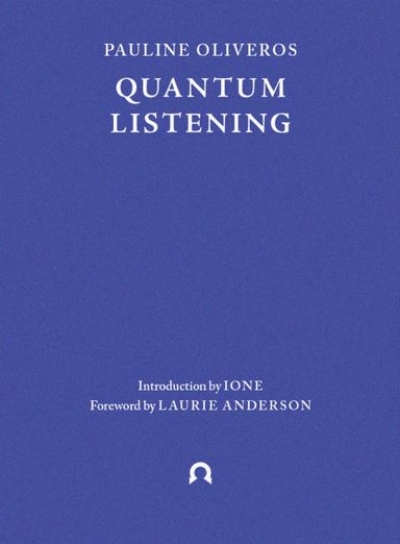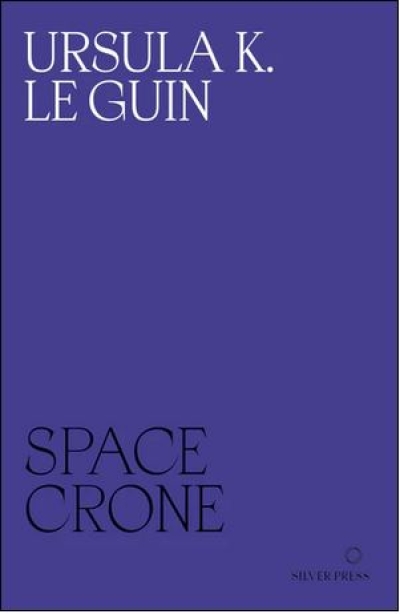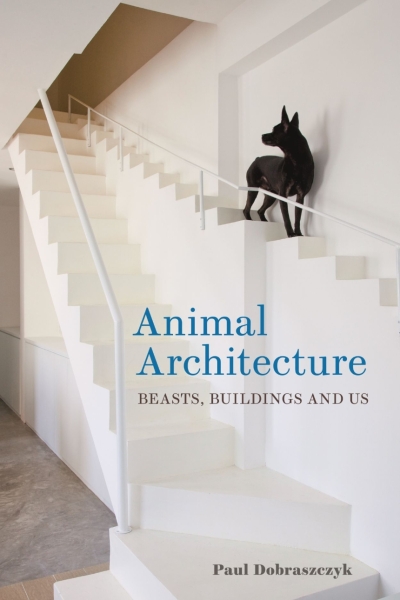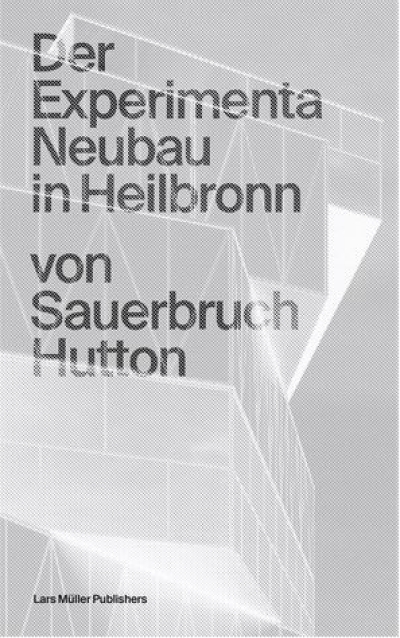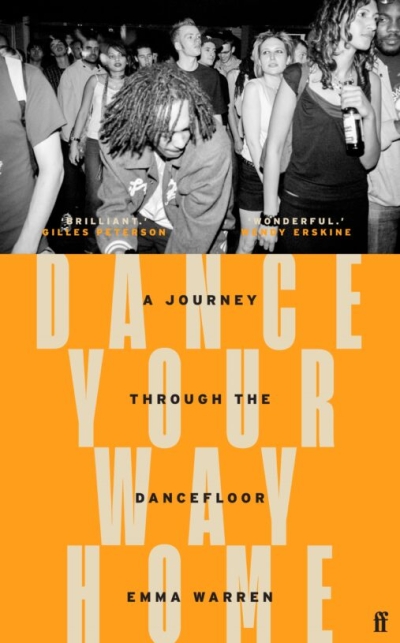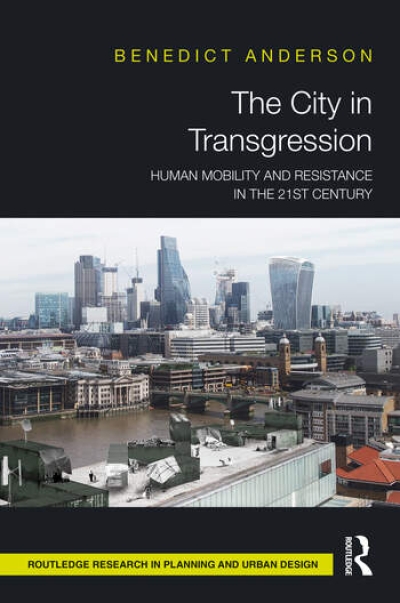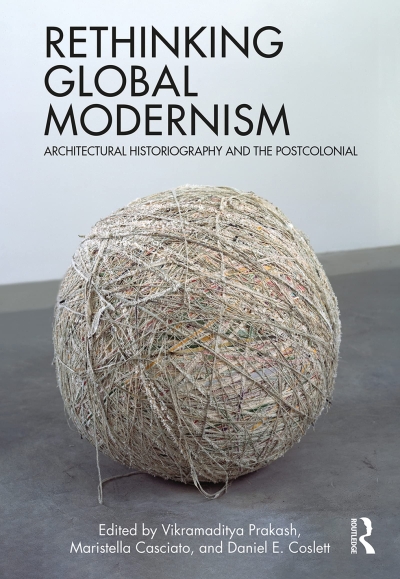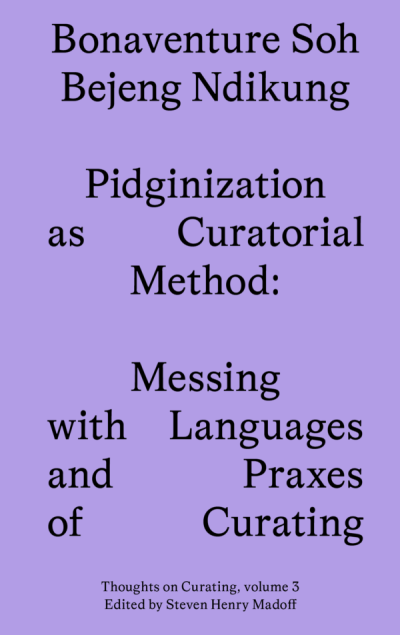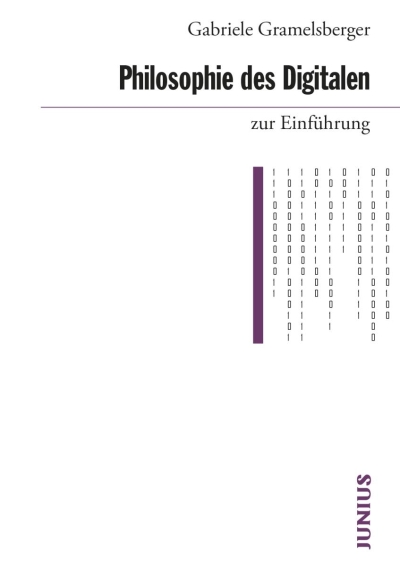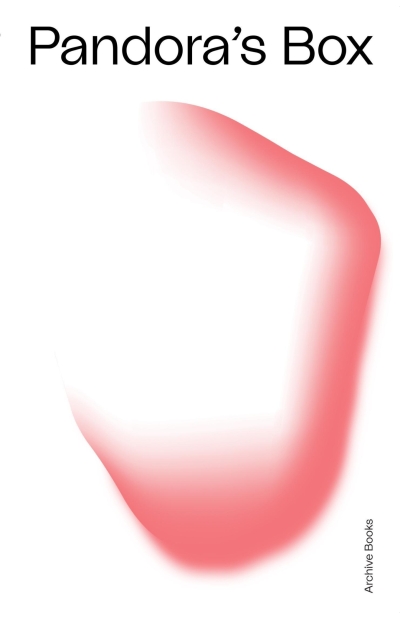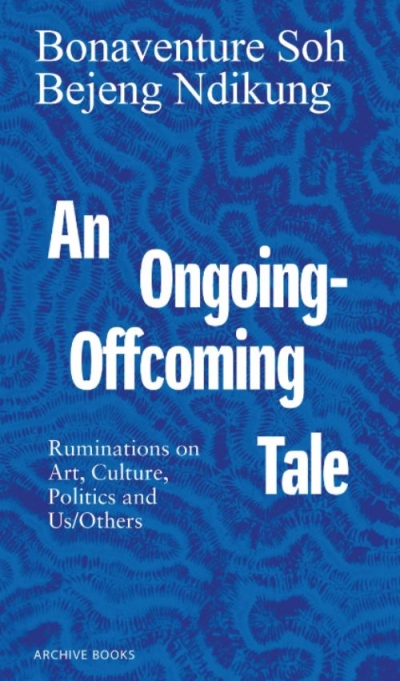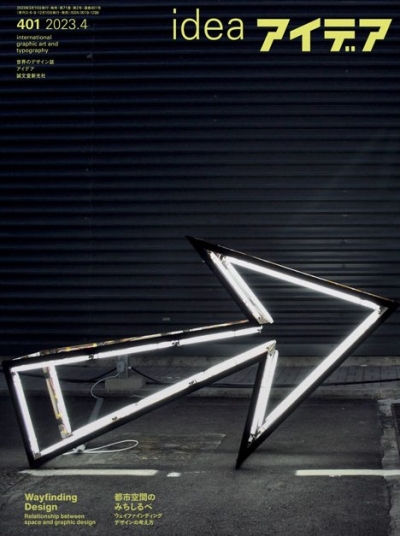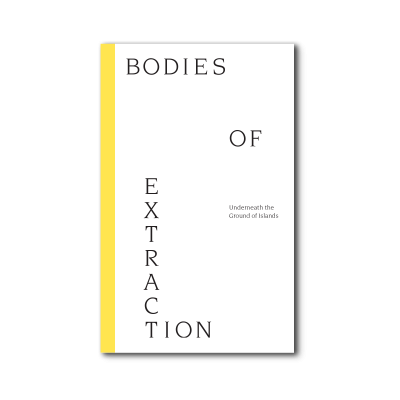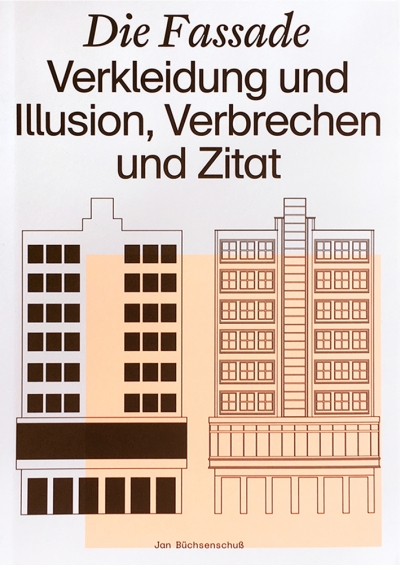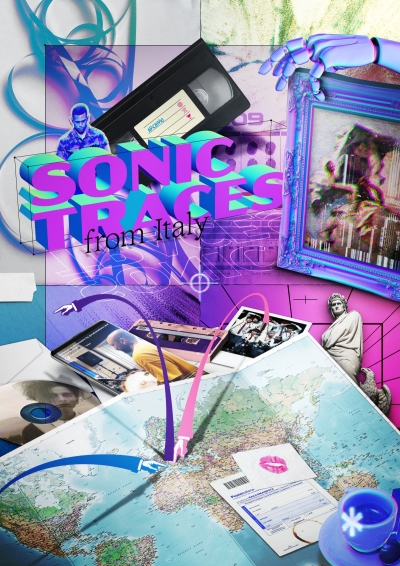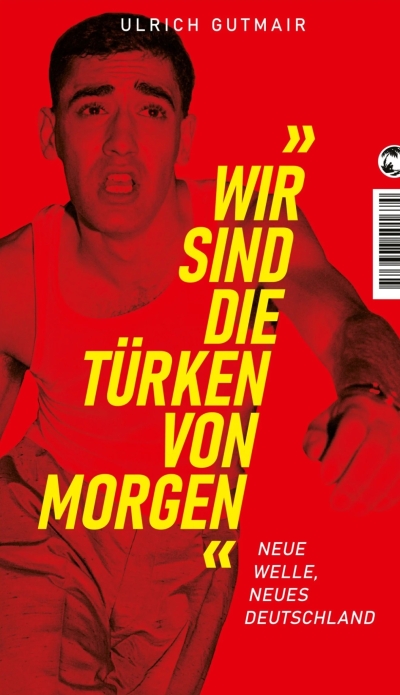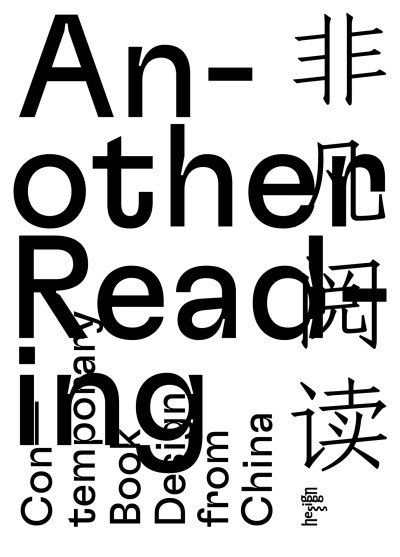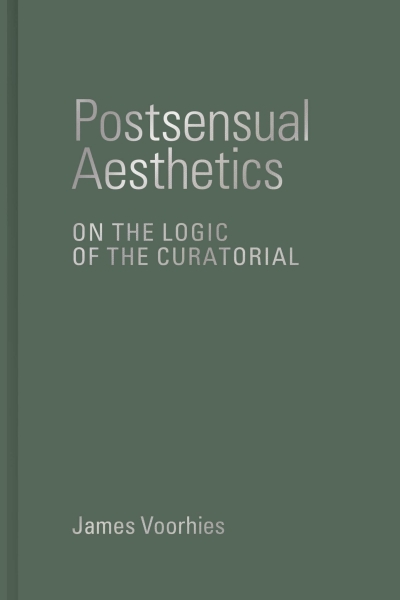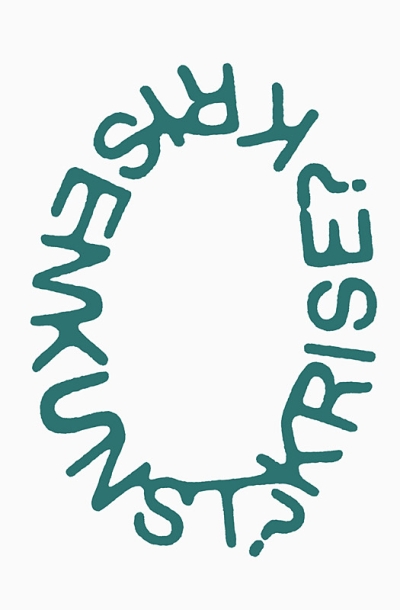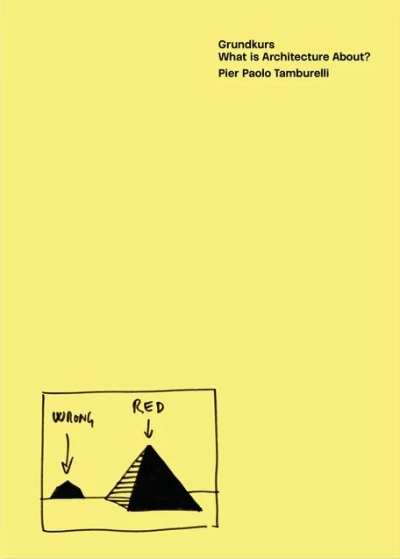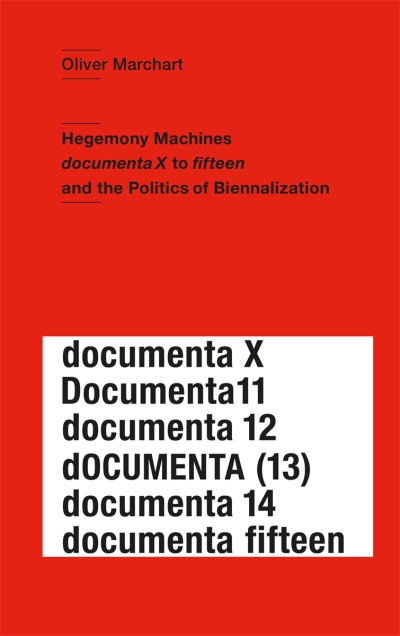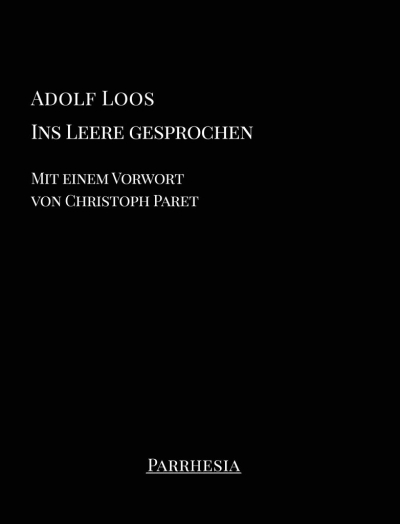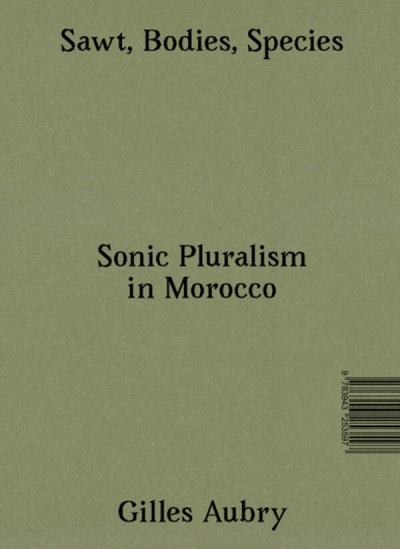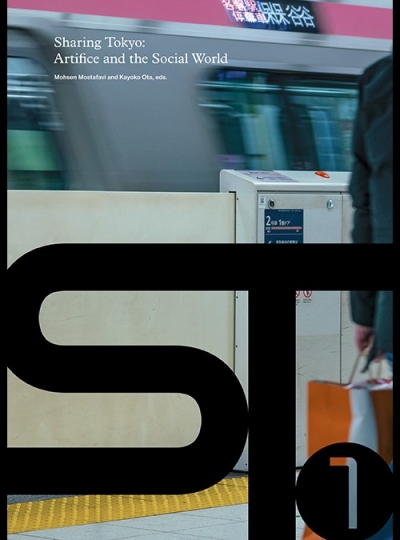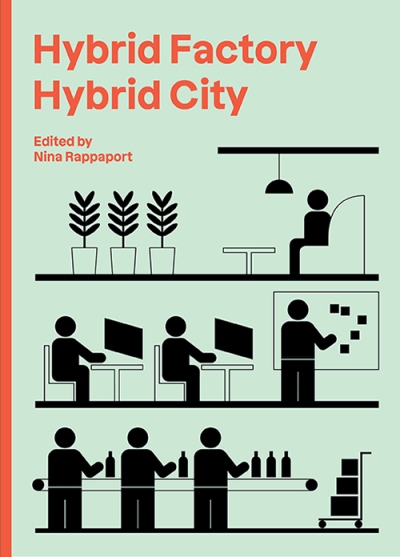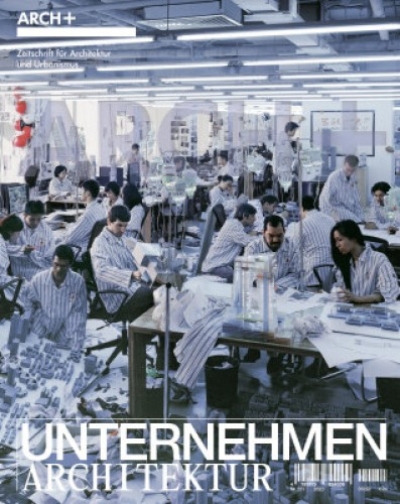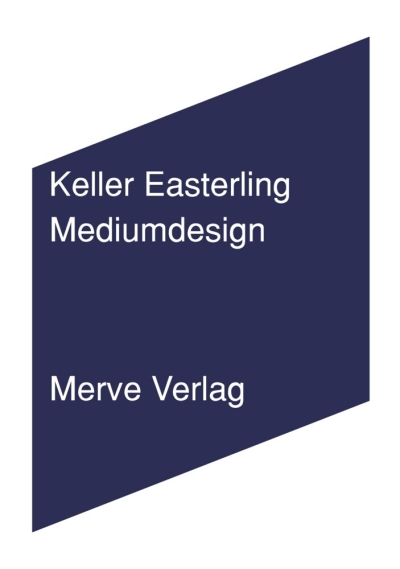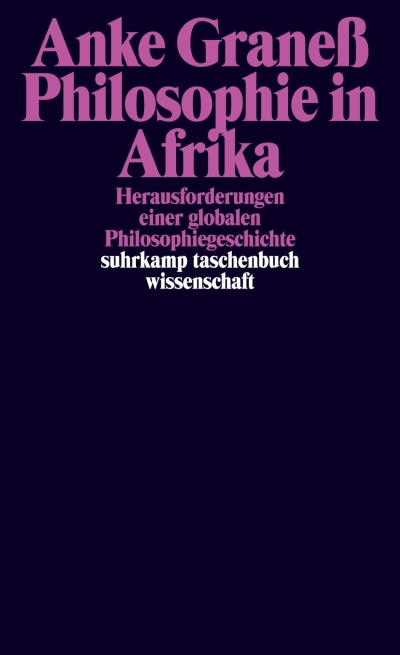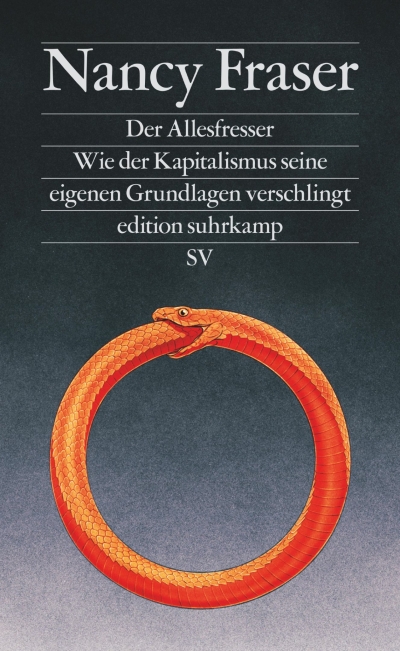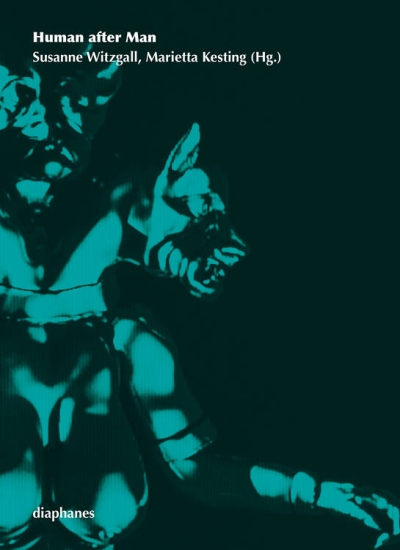
Red Cavalry: Creation and Power in Soviet Russia Between 1917 and 1945
Ästhetische Recherche und politisches Engagement in Sowjetrussland in den 1920er und 1930er Jahren
Red Cavalry analysiert die Verbindung zwischen ästhetischer Recherche und politischem Engagement in Sowjetrussland in den 1920er und 1930er Jahren und erklärt einige der Schlüsselmomente dieser Beziehung. Mit einer bemerkenswerten Textsammlung von Spezialisten wie Evgeny Dovrenko, Cristina Lodder, Pascal Huyn, Richard Stites, Andrei Smirnov, Vitali Shentalinski u.a. sowie mit dokumentarischem Material illustriert das Buch die Strategien, die vom Sowjetstaat angewandt wurden, um seine Ideologien über den Gebrauch einer neuen Sprache, Mythologie, Symbolik, Riten und Helden aufzuzwingen. Es erforscht den Beitrag von Autoren, Regisseuren, Musikern, Künstlern und Drehbuchautoren (die Stalin selbst als "Ingenieure der Seele" bezeichnet hat) und untersucht die aktive Teilnahme an der bolschewistischen Propaganda von einigen, die Isolation von anderen sowie die Verzweiflung von vielen.
Die Beiträge beschäftigen sich mit Themen wie revolutionärem Ikonoklasmus, der Rolle von Kultur von und für das Proletariat, Montage als Instrument die Narrative der Avantgarde auszudrücken, die Bedeutung des Maschinismus, projizierte Utopien in Futurologie und Science Fiction, neue Stadtentwicklung und neue gemeinschaftliche Formen von Beziehungen. Andere Themen werden als Schlüssel für das Verständnis der politischen und kulturellen Epoche analysiert: Film als das neue Propagandamedium par excellence; das Schicksal der Satire während der 1920er und 1930er Jahre als Spiegel der veränderten Haltung des Staates gegenüber den Möglichkeiten von Humor; neue Versuche, Kunst und Propaganda miteinander auszusöhnen; Faktografie und Fotomontage; neue Narrative in Verbindung mit den großen Projekten der Fünf-Jahres-Pläne etc.
La Casa Encendida of Obra Social Caja Madrid will host Red Cavalry: Creation and Power in Soviet Russia between 1917 and 1945 from 7 October 2011 to 15 January 2012. In addition to a major exhibition, the project will feature a series of parallel activities such as film screenings, concerts, performances and lectures.
The exhibition focuses on the period of time extending from the march of the First Cavalry Army in the Russian Civil War (1918-1921) to the intervention of the Red Cavalry in the Second World War (1941-1945). The title is also a reference to two homonymous masterpieces from the same period: the collection of short stories by Isaak Babel and the famous painting by Malevich, which opens the exhibition.
Red Cavalry offers a cultural and artistic overview of Soviet Russia in the 1920s and 1930s. In addition to exploring the collaboration—voluntary and enthusiastic in some cases, imposed and forced in others—of writers, musicians, artists, theatre directors and film-makers in the construction of socialism (its experiments, commitments and sufferings), it also analyses the cultural policies pursued by Lenin, Stalin and their inner circle.
Red Cavalry takes visitors on a journey from the artistic energy of the avant-garde that accompanied the outbreak and early days of the revolution (including its attempts and strategies to connect with the new social reality that was being forged) to Stalin’s annihilation of all creative talent at the end of the 1930s. The diverse exhibits featured in the show range from avant-garde masterpieces and some of the most significant works created in the Social Realist aesthetic, to manuscripts by the Silver Age poets Akhmatova and Mandelstam, the satires of Bulgakov and Olesha, the works of the “fellow travellers” Babel, Pasternak and Pilnyak, and the heroic novels written to extol the great achievements of the five-year plans; from experimental music to official music; and from works that reveal their authors’ cosmic ambitions to those that represent nationalism at its most recalcitrant.
The Protagonists
The protagonists of this exhibition are, among others, the poets and writers Anna Akhmatova, Osip Mandelstam, Boris Pasternak, Vladimir Mayakovsky, Mikhail Bulgakov, Yuri Olesha, Boris Pilnyak, Andrey Platonov, Velimir Khlebnikov, Daniil Kharms, Isaak Babel and Mikhail Koltsov; the artists Wassily Kandinsky, Marc Chagall, Kazimir Malevich, Aleksandr Rodchenko, El Lissitzky, Liubov Popova, Vladimir Tatlin, Pyotr Miturich, Pavel Filonov, Gustavs Klucis, Kliment Redko and the Method group artists, Vera Mukhina, Aleksandr Deineka, Kuzma Petrov-Vodkin, Georgy and Vladimir Stenberg, the Kukryniksy collective, Isaak Brodsky and Yuri Pimenov; the theatre directors Vsevolod Meyerhold and Aleksandr Tairov; the film-makers Dziga Vertov, Sergei Eisenstein, Grigori Aleksandrov, Vsevolod Pudovkin and Aleksandr Medvedkin; and the musicians Lev Theremin, Dmitri Shostakovich and Sergei Prokofiev.
Thanks to the recent opening of many state archives, we now know that Lenin used the determination of the avant-garde artists to his own advantage and that of his party without showing the slightest interest in either their formal experiments or their implicit and explicit postulates, and that he regarded Soviet film as the ideal medium for instruction and propaganda. Meanwhile, it has also come to light that Stalin set himself up as the supreme editor, personally participating in cultural affairs by censoring, making suggestions and, in the years of the great purges (1937-1940), personally ensuring the physical removal of all creators, from every cultural discipline, who did not toe the party line. The exhibition illustrates the strategies employed by the Soviet state to impose its ideology through a specific language, mythology, set of symbols and rites, and a new group of heroes.
The exhibition also explores a very complex period in Soviet history, characterised by enormous creative and inventive energy and profound intellectual debates whose repercussions are still felt today. This sombre reality forged by terrible personal renunciations and sacrifices is embodied in the superlative works on display by authors who, saving a few exceptions, are largely unknown to Spanish audiences.
No other country and no other time have witnessed such a concentration of creative talent as Soviet Russia during the first three decades of the 20th century. This exhibition offers a group photograph that visitors will want to return to time after time to learn more about the individual protagonists and gain a deeper understanding of an extraordinary legacy, in part yet to be discovered, which it is vital to show to new generations. In fact, the ultimate aim and raison d’être of this exhibition is to highlight the enormous talent of numerous artists from that time and their magnificent contribution to the intellectual and aesthetic debates that shaped modernity.
Red Cavalry is a multidisciplinary project. In addition to the exhibition, which will occupy every room at La Casa Encendida, there will be a series of parallel activities such as concerts, film screenings, performances and lectures. The project is an initiative of La Casa Encendida Obra Social Caja Madrid and has been organised at the request of the Spanish and Russian Ministries of Foreign Affairs as part of the official programme for the Year of Russia in Spain and Spain in Russia, held over the course of 2011. The musical events included in the project have been organised in collaboration with the Cité de la Musique in Paris.
out of stock!
